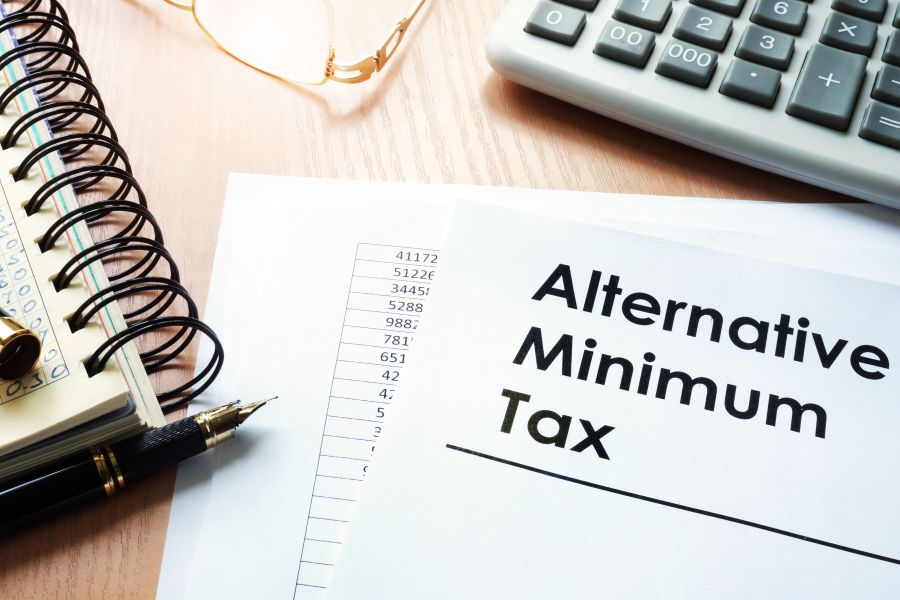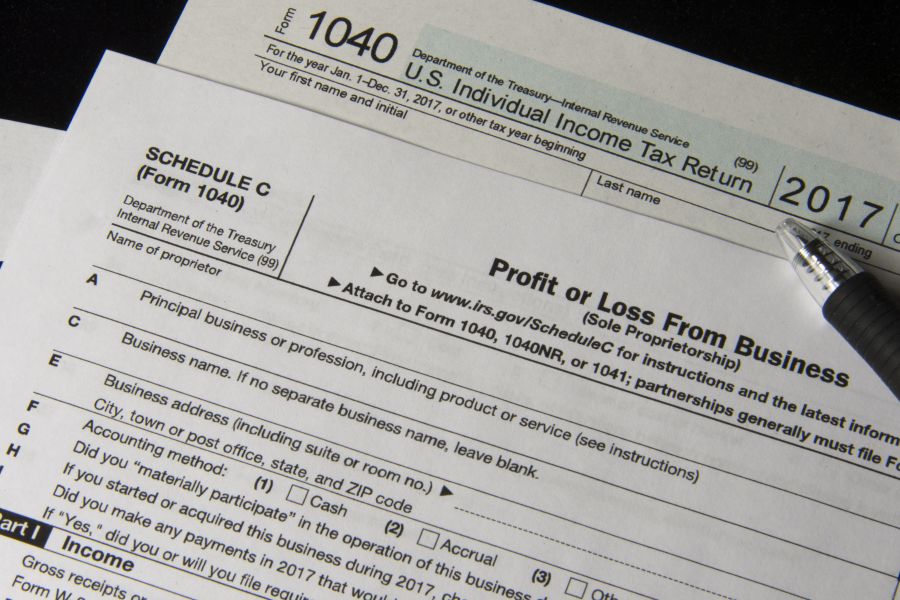
Classifying workers as independent contractors — rather than employees — can save businesses money and provide other benefits. But the IRS is on the lookout for businesses that do this improperly to avoid taxes and employee benefit obligations. To find out how the IRS will classify a particular worker, businesses can file optional IRS Form SS-8, “Determination of Worker Status for Purposes of Federal Employment Taxes and Income Tax Withholding.” However, the IRS has a history of reflexively classifying workers as employees, and filing this form may alert the IRS that your business has classification issues — and even inadvertently trigger an employment tax audit. Contractor vs. employee status A business enjoys several advantages when it classifies a worker as an independent contractor rather than as an employee....
As posted by Thomson Reuters on 4/11/18 The April 17th deadline arrived this month . . . and sometimes it happens . . . you don’t have the cash to pay the balance due on your return. You can avoid the Late Filing of Return Penalty if you file an extension (generally, six months). But the money is still due meaning that the Late Payment of Tax Penalty and Interest come into play. This Tax Planning Letter reviews methods by which financially distressed taxpayers may be able extend the payment of their income taxes including those outlined in the Table of Contents below: TABLE OF CONTENTS Paying in full within 120 days Installment agreements Offers in compromise Temporarily delaying the collection process PAYING IN FULL WITHIN 120 DAYS A taxpayer can pay the...
Perhaps. It depends on several factors, such as your parent’s income and how much financial support you provided. If you qualify for the adult-dependent exemption on your 2017 income tax return, you can deduct up to $4,050 per qualifying adult dependent. However, for 2018, under the Tax Cuts and Jobs Act (TCJA), the dependency exemption is eliminated. Income and support For you to qualify for the adult-dependent exemption, in most cases your parent must have less gross income for the tax year than the exemption amount. (Exceptions may apply if your parent is permanently and totally disabled.) Generally Social Security is excluded, but payments from dividends, interest and retirement plans are included. In addition, you must have contributed more than 50% of your parent’s financial support. If you...
If you suffered damage to your home or personal property last year, you may be able to deduct these “casualty” losses on your 2017 federal income tax return. For 2018 through 2025, however, the Tax Cuts and Jobs Act suspends this deduction except for losses due to an event officially declared a disaster by the President. What is a casualty? It’s a sudden, unexpected or unusual event, such as a natural disaster (hurricane, tornado, flood, earthquake, etc.), fire, accident, theft or vandalism. A casualty loss doesn’t include losses from normal wear and tear or progressive deterioration from age or termite damage. Here are some things you should know about deducting casualty losses on your 2017 return: When to deduct Generally, you must deduct a casualty loss on your return...
As posted by Thomson Reuters on 2/20/18 Although it was hoped that tax reform discussions would yield the complete repeal of the individual Alternative Minimum Tax (AMT), it nevertheless is still in force under the Tax Cuts and Jobs Act (TCJA). That said, the rules under AMT have become more taxpayer-friendly. In addition, other changes within TCJA have the effect of mitigating the possibility that AMT will impact taxpayers for the period 2018-2025. So beginning with 2018, many taxpayers to which AMT applied will find that this is no longer the case whereas others will find that the amount of AMT owed will have decreased. This Tax Planning Letter provides an overview of the changes to the AMT in 2018-2015 as compared with the pre-TCJA law still...
Home ownership is a key element of the American dream for many, and the U.S. tax code includes many tax breaks that help support this dream. If you own a home, you may be eligible for several valuable breaks when you file your 2017 return. But under the Tax Cuts and Jobs Act (TCJA), your home-related breaks may not be as valuable when you file your 2018 return next year. 2017 vs 2018 Here’s a look at various home-related tax breaks for 2017 vs 2018: Property tax deduction For 2017, property tax is generally fully deductible — unless you’re subject to the alternative minimum tax (AMT). For 2018, your total deduction for all state and local taxes, including both property taxes and either income taxes or sales taxes, is...
If you purchased qualifying property by 12/31/17, you may be able to take advantage of §179 expensing on your 2017 tax return. You’ll also want to keep this tax break in mind in your property purchase planning, because the Tax Cuts and Jobs Act (TCJA), signed into law this past December, significantly enhances it beginning in 2018. 2017 §179 benefits §179 expensing allows eligible taxpayers to deduct the entire cost of qualifying new or used depreciable property and most software in Year 1, subject to various limitations. For tax years that began in 2017, the maximum §179 deduction is $510,000. The maximum deduction is phased out dollar for dollar to the extent the cost of eligible property placed in service during the tax year exceeds the...











